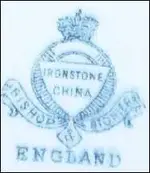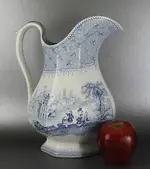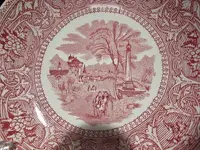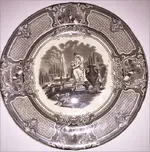Elam
Jr. Member
- Joined
- Jun 20, 2013
- Messages
- 24
- Reaction score
- 4
- Golden Thread
- 0
- Primary Interest:
- All Treasure Hunting
Over the years I've dug up many different fragments of dishes and pottery from a long-gone farmhouse. I've identified much of it as Blue Willow dishware, a 1915 Limoges calendar plate and purple transferware by Wooliscroft (Eon pattern), but there are still many fragments that I have not been able to confidently name as far as the pattern or maker. Do any of these patterns look familiar to you?
Below are some of my findings, including the Eon purple transferware plate by Wooliscroft. Also, one is the bottom of a dish with the maker's mark, but there was no pattern on the other side.
I found the two pieces with the red and green geometric design over the course of quite a few years. If you notice, though the green shapes seem to border the red circle in the center of the plate, they veer off at one point which makes me curious whether it was really a red circle in the middle...?
Any idea what companies made the teacup and the creamer? There is no mark on the bottoms of either of them.
I look forward to your suggestions.
Below are some of my findings, including the Eon purple transferware plate by Wooliscroft. Also, one is the bottom of a dish with the maker's mark, but there was no pattern on the other side.
I found the two pieces with the red and green geometric design over the course of quite a few years. If you notice, though the green shapes seem to border the red circle in the center of the plate, they veer off at one point which makes me curious whether it was really a red circle in the middle...?
Any idea what companies made the teacup and the creamer? There is no mark on the bottoms of either of them.
I look forward to your suggestions.
Attachments
-
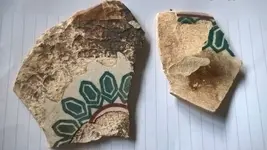 WP_20161104_08_40_27_Pro.webp591.2 KB · Views: 110
WP_20161104_08_40_27_Pro.webp591.2 KB · Views: 110 -
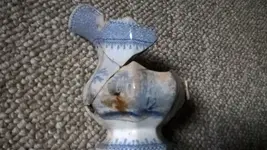 WP_20161104_08_58_56_Pro.webp431.1 KB · Views: 92
WP_20161104_08_58_56_Pro.webp431.1 KB · Views: 92 -
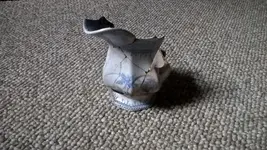 WP_20161104_08_59_39_Pro.webp726.9 KB · Views: 95
WP_20161104_08_59_39_Pro.webp726.9 KB · Views: 95 -
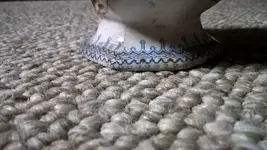 WP_20161104_08_59_51_Pro.webp502.6 KB · Views: 98
WP_20161104_08_59_51_Pro.webp502.6 KB · Views: 98 -
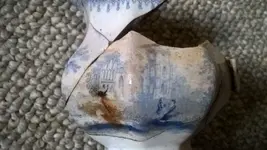 WP_20161104_09_02_29_Pro.webp434.2 KB · Views: 100
WP_20161104_09_02_29_Pro.webp434.2 KB · Views: 100 -
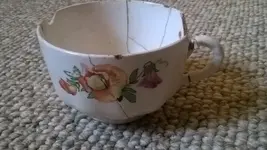 WP_20161104_09_42_50_Pro.webp436.5 KB · Views: 86
WP_20161104_09_42_50_Pro.webp436.5 KB · Views: 86 -
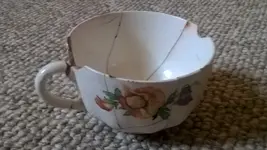 WP_20161104_09_42_58_Pro.webp415.8 KB · Views: 93
WP_20161104_09_42_58_Pro.webp415.8 KB · Views: 93 -
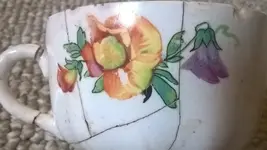 WP_20161104_09_43_58_Pro.webp358.6 KB · Views: 95
WP_20161104_09_43_58_Pro.webp358.6 KB · Views: 95 -
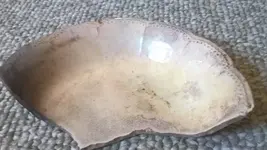 WP_20161104_09_44_23_Pro.webp407.1 KB · Views: 89
WP_20161104_09_44_23_Pro.webp407.1 KB · Views: 89 -
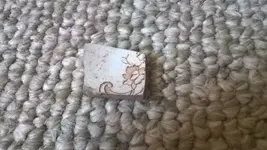 WP_20161104_09_44_31_Pro.webp570.5 KB · Views: 94
WP_20161104_09_44_31_Pro.webp570.5 KB · Views: 94 -
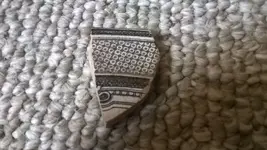 WP_20161104_09_44_39_Pro.webp493.9 KB · Views: 94
WP_20161104_09_44_39_Pro.webp493.9 KB · Views: 94 -
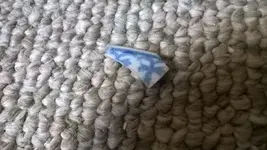 WP_20161104_09_44_48_Pro.webp539 KB · Views: 86
WP_20161104_09_44_48_Pro.webp539 KB · Views: 86 -
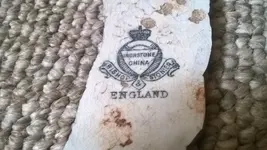 WP_20161104_09_44_56_Pro.webp530.6 KB · Views: 89
WP_20161104_09_44_56_Pro.webp530.6 KB · Views: 89 -
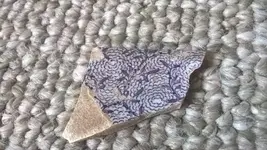 WP_20161104_09_45_40_Pro.webp694.7 KB · Views: 96
WP_20161104_09_45_40_Pro.webp694.7 KB · Views: 96 -
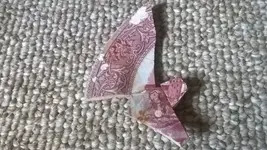 WP_20161104_09_46_00_Pro.webp664 KB · Views: 91
WP_20161104_09_46_00_Pro.webp664 KB · Views: 91 -
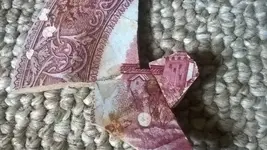 WP_20161104_09_46_06_Pro.webp689.1 KB · Views: 92
WP_20161104_09_46_06_Pro.webp689.1 KB · Views: 92 -
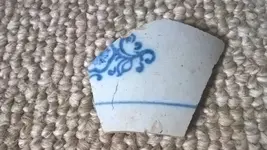 WP_20161104_09_46_16_Pro.webp551.4 KB · Views: 96
WP_20161104_09_46_16_Pro.webp551.4 KB · Views: 96 -
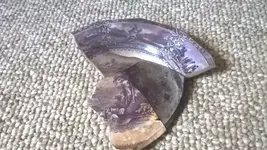 WP_20161104_09_46_34_Pro.webp573.3 KB · Views: 99
WP_20161104_09_46_34_Pro.webp573.3 KB · Views: 99 -
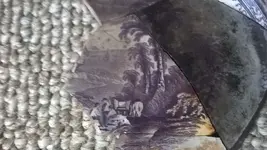 WP_20161104_09_46_43_Pro.webp490.8 KB · Views: 91
WP_20161104_09_46_43_Pro.webp490.8 KB · Views: 91



